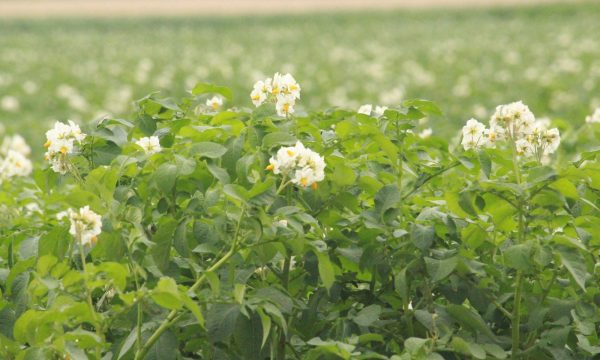Project news Plant attacker for May: TBRFV
When talking about a contagious virus these days, everyone thinks of the coronavirus pandemic we’re in. But new plant viruses appear regularly as well and some of them pose a serious threat to the agriculture and horticulture sector. The tomato brown rugose fruit virus (TBRFV) is such a virus.
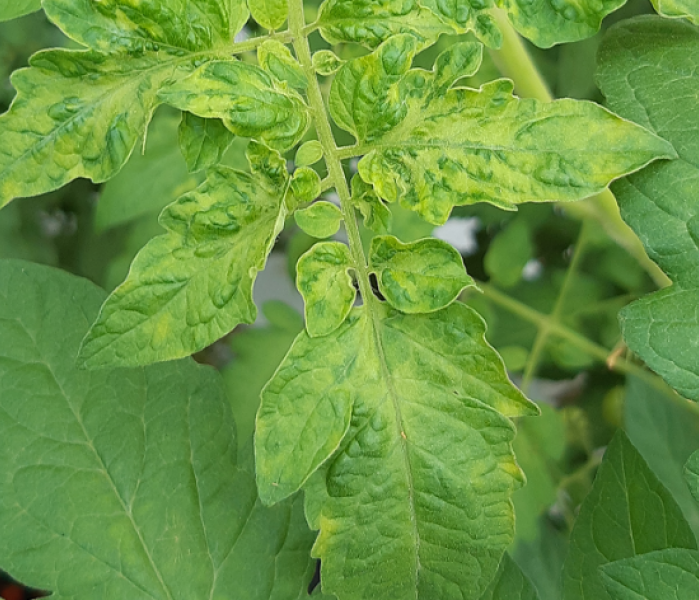
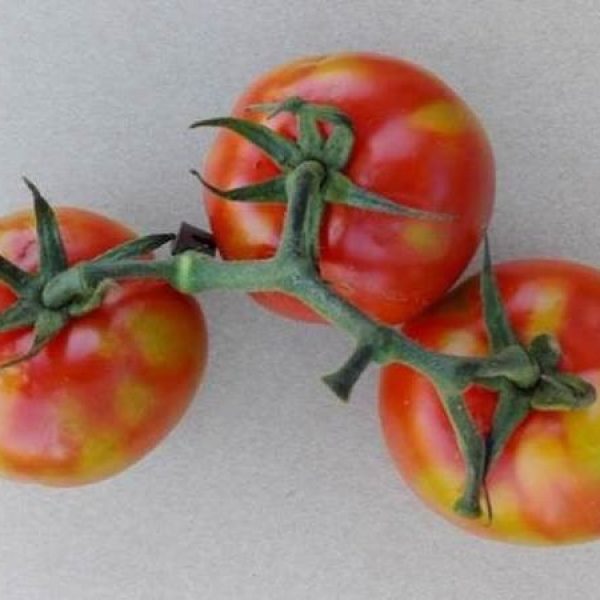
The tomato brown rugose fruit virus (TBRFV) is such a virus. It was detected for the first time in Ohad, Israel in 2014. The virus quickly spread across Israel and continues to spread rapidly across the globe. Reports of the virus have come from Jordan, Palestine, Italy, Mexico, Turkey, China, the Netherlands, the UK, Greece, Spain, Germany and France. One bright spot is that the virus has a limited range of host plants, and serious damage has thus far been confined to tomatoes and peppers, although it was also found recently in aubergine. Not only cultivated plants, but some weeds seem to be able to act as virus reservoir (black nightshade and wall goosefoot (Chenopodium)). Fortunately for Flemish horticulture, TBRFV has not yet been found in Belgium.
The rapid spread of the virus inside and outside farms is mainly due to the easy mechanical transmission of the virus. The virus can survive for a long time on surfaces, hands, clothing and materials used in cultivation operations. This mechanical transmission can therefore take place in all kinds of ways, including by insects (e.g. pollinators) via wounds. Transmission via water is also certainly one of the risks. The virus spreads not only via planting material, but also on seeds. These latter factors obviously play a major role in the spread of the virus even over large distances.
An infestation by TBRFV can be recognized by the staining pattern, a so-called mosaic (figure 1) that occurs on the leaves (mainly on the young leaves) at the head of the plant. On the fruits, mainly yellow spots appear that create an image of uneven ripening. Many fruits also get brown dots or spots and a ripple (also possible on the leaves), the so-called 'rugose' that we find in the name of the virus (figure 2). Necrotic streaks can also appear on the stem and general malformations on leaves (narrowed) and fruits are also possible. The damage can look similar to that caused by the pepino mosaic virus (PepMV). The risk here is that farmers or horticulturists may confuse the viruses and thus wait too long to intervene, which can lead to enormous damage.
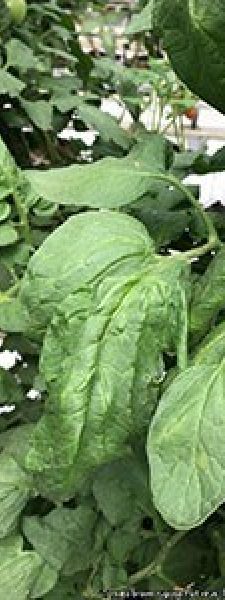
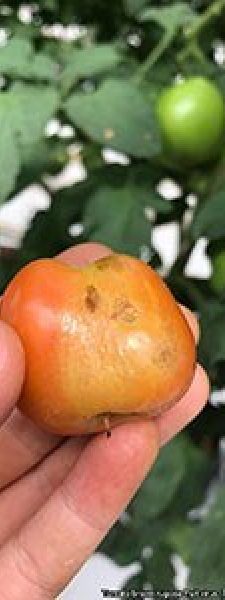
Since September 2019 (EU 2019/1615), the European Commission has issued emergency measures to prevent and contain the introduction and further spread of TBRFT in the EU. Important aspects in this respect are obligatory information campaigns for growers (to raise awareness of the dangers, as well as to inform them of measures to take if an infection should occur) and the determination of the status of the virus in the individual member states. Hygiene is the main way to prevent TBRFV from entering into a production unit. Not only do farmers and growers need to take strict hygiene measures during cultivation operations, but even farm visitors must take extra precautions. In that respect this is quite similar to what we all have to do to contain the coronavirus (SARS CoV-2). One important aspect of preventing infection is careful mapping of the possible containment routes. For example, are harvest or auction crates used by different companies? Where does the planting material come from, and how safe is it?
The virus cannot be controlled by chemical means. The first important measure is thus the immediate removal and destruction of symptomatic plants and subsequent plants (perimeter). In addition, all materials used in cultivation operations must be thoroughly disinfected. Potentially infected areas must be disinfected and very strict hygiene measures must be applied. In addition, systematic testing of the plants present and accurate monitoring of the occurrence of new outbreaks (symptoms) are very important.
Quarantine pathogens are a federal competence, and the Belgian government has assumed its responsibility and is funding a status determination on the Belgian territory through the HARMSTAT (Phytosanitary status of harmful organisms for plants and plant products) project, which will start soon. That project is a partnership between ILVO in Flanders and CRA in Wallonia. Within EUPHRESCO, the transnational project "Validation of molecular diagnostic methods for the detection of tomato brown rugose fruit virus (TBRFV) in seeds of tomatoes, chilies and eggplants" starts at the same time. ILVO is a partner in that diagnostics-focused project, together with 20 other mainly European institutions.

